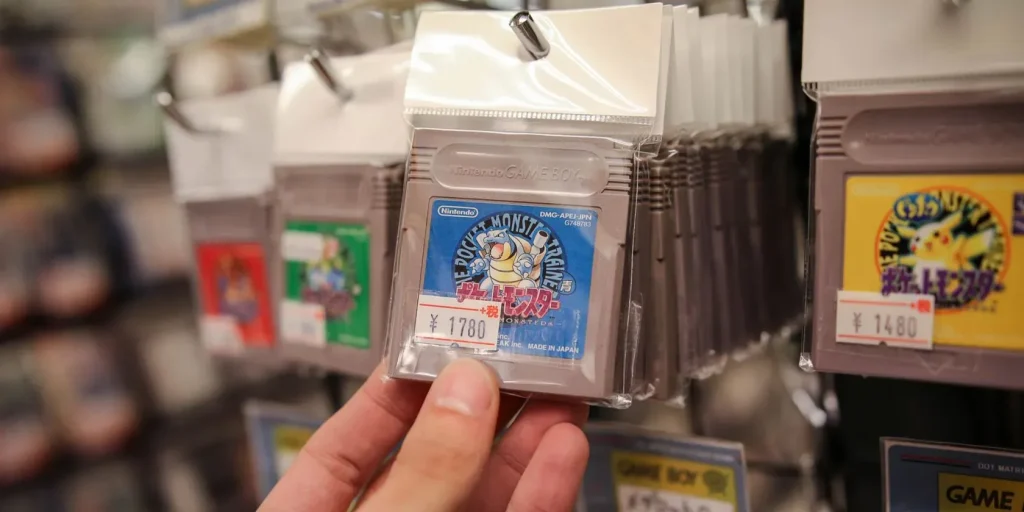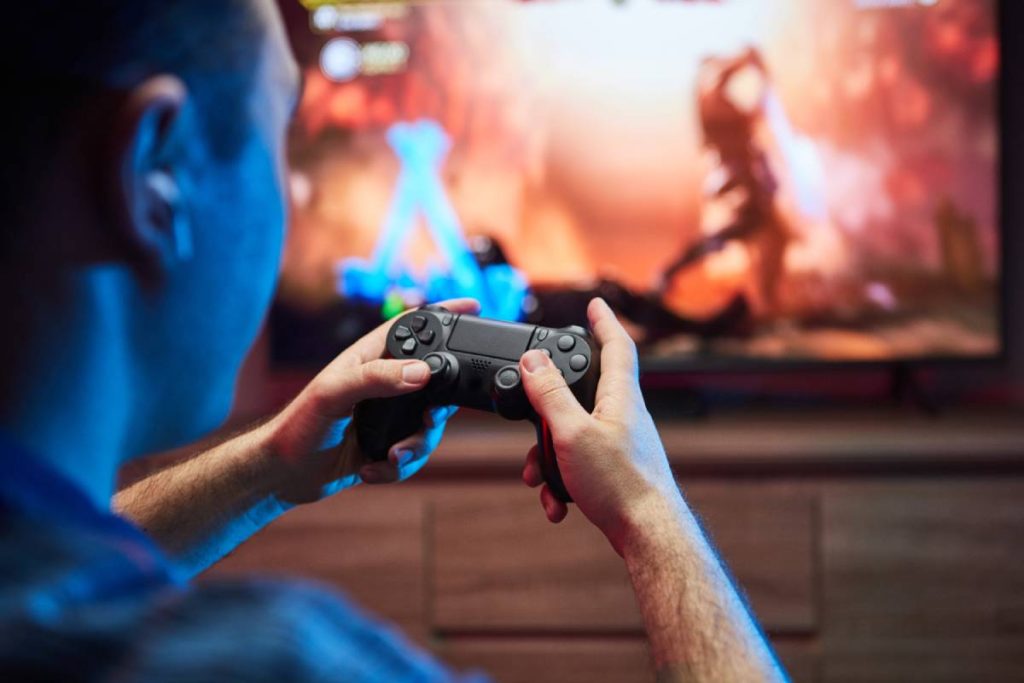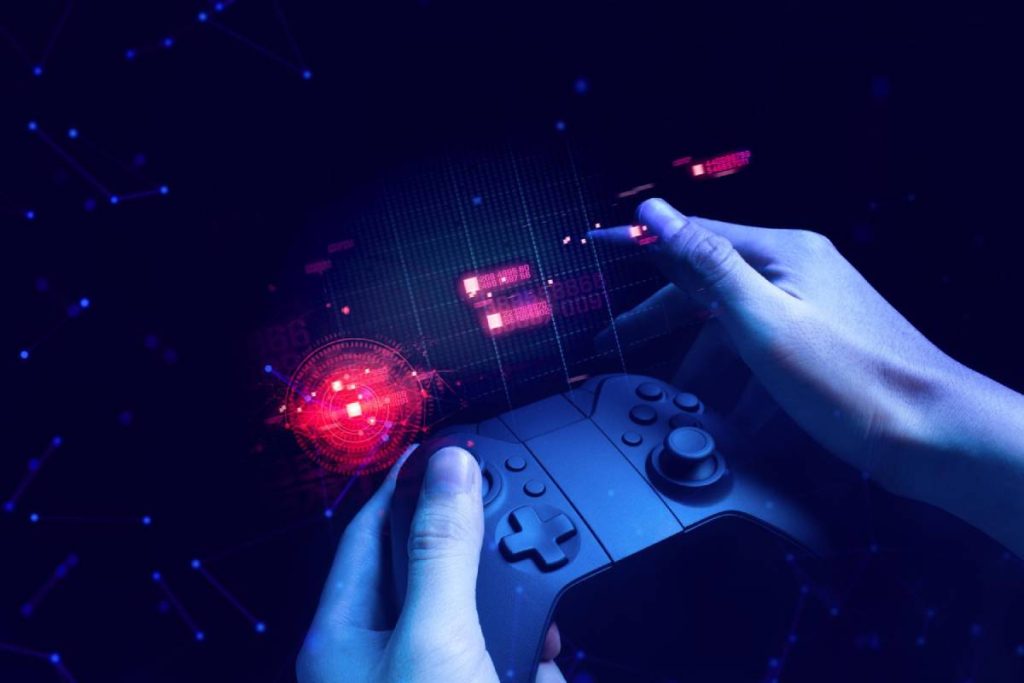Game preservation has emerged as a vital endeavor in the gaming industry, emphasizing the importance of preserving the legacies of iconic titles from companies like Square Enix, Capcom, and Sega. As these major players take significant steps to archive past game development materials, the focus on video game archives has intensified, with efforts to document art, design, and cultural impacts dating back to the golden years of Japanese game development. Initiatives such as the Capcom Illustrations Archive System (CIAS) exemplify this commitment, ensuring that the intricate history of these beloved games is maintained for future generations. Moreover, preserving game culture goes beyond mere nostalgia; it represents a collective effort to enhance the cultural value of digital experiences that have shaped our entertainment landscape. The collaboration between gaming companies and cultural organizations underscores a shared responsibility to safeguard this unique heritage.
In the realm of interactive entertainment, the safeguarding of digital games is increasingly recognized as essential to maintaining the narrative of their development. Terms like “digital archiving” and “heritage conservation” resonate strongly in discussions surrounding the historical significance of interactive media. The collaboration among studios like Square Enix, Capcom, and Sega to store critical development materials is a fascinating example of preserving game culture and history for future exploration. Initiatives to maintain archives are crucial, not just for collectors and enthusiasts, but for understanding how these games reflect societal changes over time. The commitment to preserving these treasures contributes to a broader appreciation of the artistry involved in Japanese game development.
The Importance of Game Preservation in Japanese Development
Game preservation is becoming increasingly vital as major Japanese developers like Square Enix and Capcom embark on projects to archive their historical development materials. These initiatives include gathering concept art, illustrations, and documentation from the rich history of video game production during the 1980s and 1990s. As the industry evolves, retaining these artifacts ensures that future generations can appreciate the artistry and innovation that shaped the gaming landscape. This preservation not only honors past achievements but also serves as a historical record, contributing to the narrative of Japanese game development.
Moreover, the dialogue surrounding game preservation emphasizes its cultural significance. Developers are recognizing that their archived materials are not just corporate assets; they’re cultural treasures that provide insight into the complexities of game design and storytelling. By sharing these materials, companies like Taito and Sega enhance their legacy and affirm their role in the broader context of digital culture. This collaborative commitment to preserving game culture ensures that the creativity and techniques that led to iconic titles are not forgotten.
Square Enix and Capcom: Pioneers in Game Archiving
Square Enix and Capcom are at the forefront of the game preservation movement, implementing systems like the Capcom Illustrations Archive System (CIAS) to catalog vital historical documents. This pioneering approach enables these companies to systematically store and showcase materials from their extensive game catalogs, ensuring that fans and scholars can access crucial insights into the development processes. By establishing methods to digitally archive and preserve designs, illustrations, and even discarded ideas, these industry leaders demonstrate a commitment to maintaining a rich historical narrative within the gaming community.
The efforts by Square Enix and Capcom reflect a growing recognition of the value inherent in video game archives. The preservation of concept art and development materials illuminates the design evolution of beloved franchises and highlights the innovation behind game mechanics and narratives. As these developers collaborate to protect their intellectual heritage, they set an example for others in the industry, sparking a movement that emphasizes the need to preserve not just games but the entirety of their development histories as significant cultural artifacts.
Sega and Taito’s Approach to Maintaining Cultural History in Gaming Industry Practices, Throughout the gaming world, companies like Sega and Taito are adopting proactive strategies to protect their historical legacy. Sega has been particularly vocal about the importance of preserving arcade cabinets and game consoles, with projects aimed at creating ‘faithful’ reproductions of classic systems. This dedication to archival work not only celebrates the nostalgia of retro gaming but also ensures that future players can experience these titles in their original form. Taito, historically recognized for their iconic arcade games, has started scanning original documents and preserving physical materials to maintain their rich portfolio.
By taking these steps, both Sega and Taito contribute to a wider understanding of the impact video games have had on culture and society. The preservation of arcade cabinets and circuit boards allows researchers and enthusiasts to dive deeply into the technological advances in gaming hardware and the shifts in user experiences over decades. These archiving efforts underscore the idea that video game preservation is not just about safeguarding outdated technology; it’s about keeping alive the stories and experiences that connect generations of gamers.
The Role of Video Game Archives in Cultural Heritage
As noted by various industry experts, the concept of video game archives is fundamental to recognizing video games as a form of cultural heritage. Similar to how films and literature are preserved, video games have proven to be complex narratives worthy of archival efforts. Organizations like the European Federation of Game Archives, Museums, and Preservation Projects (EFGAMP) are essential in this regard, forging partnerships with developers and museums to ensure that video games are acknowledged as significant cultural artifacts. The collaboration between industries showcases the importance of preserving this medium as it evolves.
Game archives serve multiple purposes, from educational resources to platforms for community engagement. They provide insight into the creative processes behind video game development and allow for scholarly research into the social and cultural contexts in which these games were created. By archiving games, developers and institutions help to foster a deeper appreciation for the artistry involved, ensuring that future generations will understand and respect video games as a legitimate and influential component of modern culture.
Preserving Game Culture through Innovative Archives
The preservation of game culture is not just about collecting and cataloging resources; it’s about innovation in how these materials are presented and understood by the public. Both Square Enix and Capcom have recognized the need to leverage technology to enhance their archival efforts. Digital archives, interactive exhibits, and online museums are bridging the gap between the past and the future, enabling players and fans to explore the vast histories of their favorite games. These strategies not only protect these cultural artifacts but also engage the community in meaningful ways.
Through innovative approaches to archiving, companies can illustrate the evolution of gaming aesthetics and narratives. The interactive nature of modern technology allows for immersive experiences that take users beyond traditional archives. By utilizing multimedia resources, including videos and interactive timelines, these companies can present the history of games in a way that resonates with both nostalgic fans and new audiences alike. This commitment to preserving game culture through innovative methods ensures that the significant achievements of game development are celebrated and remembered.
The Future of Game Preservation in a Digital Age
Looking ahead, the future of game preservation is intertwined with the evolution of technology and the gaming industry itself. With the rise of cloud gaming and digital downloads, preserving the history of gaming systems and their titles becomes more complex. Companies must adopt forward-thinking strategies to ensure the long-term availability of these games and their associated materials. Creating robust digital ecosystems to store and manage archives will be essential in maintaining access to a vast library of digital content for years to come.
As developers continue to recognize the importance of their histories, the industry will likely see an increase in collaborative efforts to digitize and share archival materials. This collaboration could lead to initiatives that provide broader access to preserved games, engaging a community that spans generations of gamers. By embracing new technologies and methodologies, the future of game preservation can safeguard the industry’s rich cultural heritage for people to enjoy and explore.
Challenges Facing Game Preservation Initiatives
Despite the positive strides being made in game preservation, challenges remain that can hinder these initiatives. One significant issue is the degradation of physical media and the obsolescence of older hardware, which risks losing valuable materials forever. Companies must navigate complex copyright laws and licensing agreements as they work to archive their development histories. The financial resources required to maintain archives, digitize materials, and ensure preservation practices are consistently updated pose ongoing challenges for many developers.
Moreover, the effort to create a comprehensive archive that is universally accessible may be complicated by differing priorities across the industry. While major players are beginning to engage in preservation activities, smaller developers may not have the same resources or recognition to contribute to this collective effort. Addressing these disparities will be crucial for fostering collaboration and ensuring that the entirety of gaming history is valued and preserved, not just the most commercially successful titles or franchises.
Engaging the Community in Video Game Preservation
Community involvement is vital to the success of game preservation initiatives. By inviting fans, researchers, and historians to participate in discussions and efforts to archive game history, organizations can create a more diverse and comprehensive collection of materials. This communal approach encourages the sharing of knowledge and resources, fostering stronger connections between developers and their audiences. Events, forums, and exhibitions focusing on historical game materials attract interest and generate awareness, leading to greater collective efforts in preservation.
Involvement from the community not only expands the breadth of preserved materials but can also shine a light on overlooked games and independent developers who played critical roles in the industry. These grassroots efforts can uncover stories and contributions that might otherwise remain hidden, enriching the understanding of gaming culture as a whole. The more inclusive the preservation initiatives, the more they can reflect the diverse experiences and expressions within the world of gaming.
Global Perspectives on Game Preservation
Game preservation is not confined to Japanese development; it extends globally, with various countries and organizations advocating for the safeguarding of game culture. Countries like the United States and those in Europe are working to build their own video game archives, collaborating with museums, academic institutions, and industry stakeholders. By addressing the unique challenges faced in their respective locales, they aim to create comprehensive repositories that celebrate the international heritage of gaming while acknowledging local context and significance.
Taking inspiration from Japanese game preservation initiatives, these global perspectives foster a deeper appreciation for how diverse gaming cultures express themselves through their histories. By examining case studies from around the world, institutions can draw parallels and learn from each other’s experiences. Ultimately, these collaborations can lead to a more interconnected and robust approach to game preservation, ensuring that the art of game-making is recognized and celebrated on a global scale.
Frequently Asked Questions
What is game preservation and why is it important for Japanese game development?
Game preservation refers to the systematic archiving of video game development materials, including artwork, documentation, and source code. For Japanese game development, it is crucial as it helps maintain the cultural legacy of games produced by iconic companies like Square Enix and Capcom, ensuring future generations understand and appreciate the history and evolution of their favorite titles.
How are Square Enix and Capcom contributing to video game archives?
Square Enix and Capcom are actively contributing to video game archives by preserving development materials such as concept art, illustrations, and design documents from their iconic games. This initiative enhances the historical documentation of Japanese games and protects the creative legacy of these influential developers.
What initiatives has Capcom implemented for preserving game culture?
Capcom has launched the Capcom Illustrations Archive System (CIAS), which is a dedicated effort to digitize and preserve artwork and materials from its extensive game library. This initiative not only safeguards Capcom’s game culture but also makes these materials accessible for public viewing and academic research.
Why is the preservation of arcade cabinets significant in the context of game preservation?
The preservation of arcade cabinets is significant because these machines are a vital part of gaming history, especially in Japan. Companies like Sega are focusing on maintaining original arcade cabinets and creating faithful reproductions, thus ensuring that the cultural impact and gameplay experiences of these classic titles are not lost over time.
How do GOG and the European Federation of Game Archives collaborate for game preservation?
GOG collaborates with the European Federation of Game Archives, Museums, and Preservation Projects (EFGAMP) to promote the preservation of video games as cultural heritage. This partnership aims to bridge the gap between private gaming companies and cultural organizations, facilitating a shared responsibility for preserving the significance of video games in global culture.
What challenges does the industry face in preserving game development materials?
One of the main challenges in preserving game development materials is ensuring that these items are kept in good condition over time. The gaming industry sometimes lacks the infrastructure and resources necessary for proper archival. However, recent initiatives by companies like Taito and Sega indicate a growing awareness and commitment to overcoming these obstacles.
How can the preservation of game development materials enhance digital gaming culture?
Preserving game development materials enhances digital gaming culture by documenting the artistic and historical significance of games. Efforts from companies like Square Enix and Capcom to archive their materials can educate audiences on the evolution of game design and technology, fostering a greater appreciation for the medium as a whole.
What role do archival efforts play in documenting the history of Japanese video games?
Archival efforts are essential for accurately documenting the history of Japanese video games, as they collect and maintain crucial materials that reveal the creative processes and technological advancements behind iconic titles. This collective effort ensures that the rich narrative of Japanese game development is communicated effectively to future audiences.
| Company | Preservation Activities | Goals |
|---|---|---|
| Square Enix | Archiving development materials from the 1980s and 1990s, including concept art and game illustrations. | To document the history of Japanese games and increase cultural value through preservation. |
| Capcom | Developing the Capcom Illustrations Archive System (CIAS) for historical records. | Share knowledge on Japanese game history and enhance the global appreciation of their contributions. |
| Sega | Preserving arcade cabinets, creating console reproductions, and high-precision emulation. | Ensuring accurate representation of classic games with original data for modern audiences. |
| Taito | Storing legacy arcade cabinets and documentation in special boxes and scanning original documents. | To maintain and protect physical gaming history and facilitate access for future generations. |
| Bandai Namco | Working alongside Square Enix to preserve development materials from the game history. | To contribute to the collective effort of documenting the history of gaming in Japan. |
Summary
Game preservation is becoming an increasingly vital endeavor as major Japanese developers like Square Enix, Capcom, Taito, and Sega commit to archiving significant game development materials from the past. These efforts not only safeguard the cultural heritage of digital games but also facilitate a deeper understanding of the impact these games have had on the industry and society at large. Through initiatives like the Capcom Illustrations Archive System and various preservation projects, these companies are ensuring that the rich history of Japanese gaming is not only documented but also accessible for future generations.



